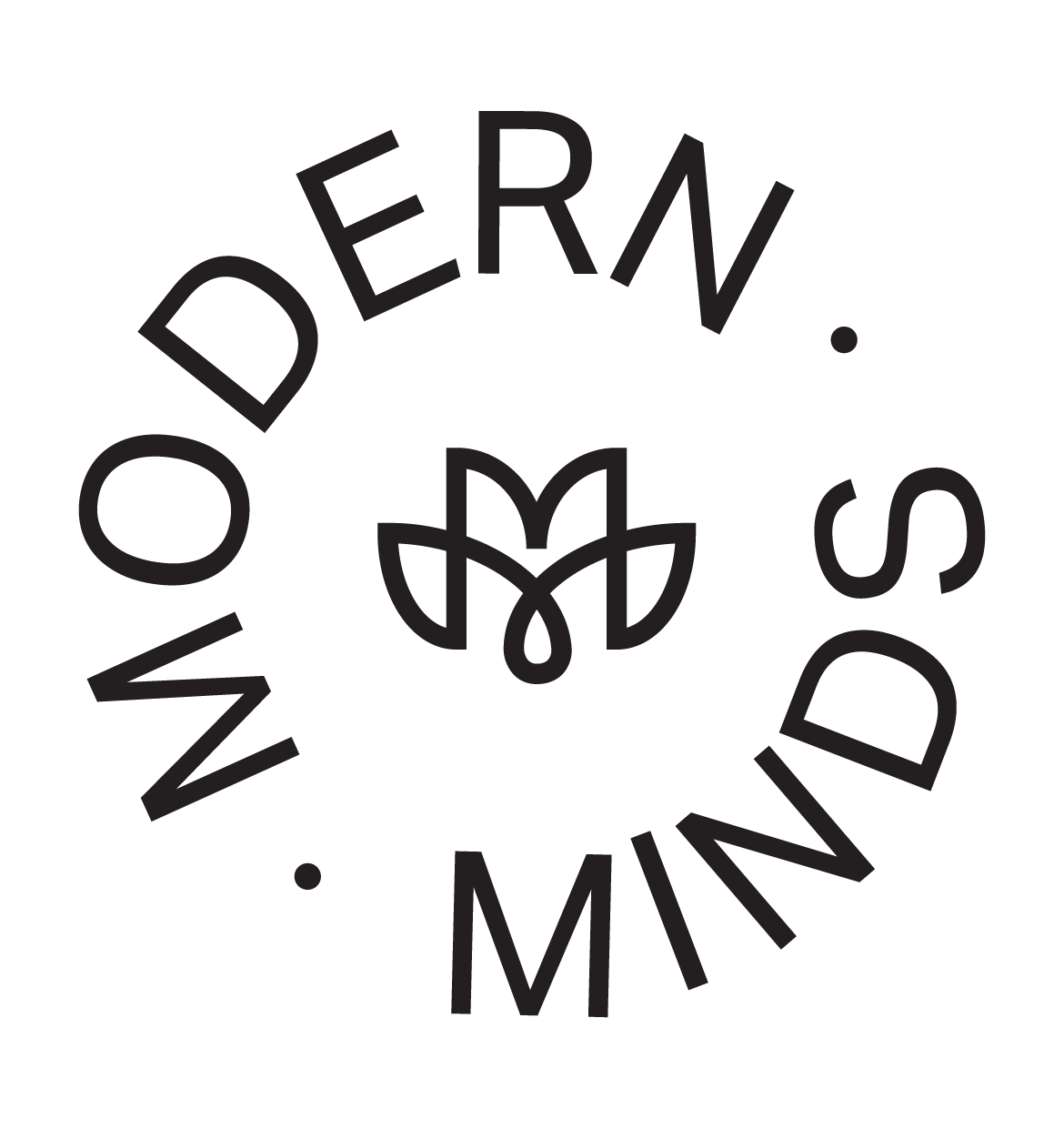How to Support a Loved One with Autism
When it comes to providing care for the people in your life, there comes a point at which you truly understand who they are and embrace them as part of your family, your friend circle, or someone you deeply care about, where no labels can capture the depth of that connection. Autism is one such neurodivergent personality trait that we are all aware of, and acceptance is crucial to fostering a more inclusive and understanding society. When we raise awareness about autism spectrum disorder (ASD), we gain a deeper understanding of the unique challenges and strengths of those on the spectrum. Just like any learning, this helps in resolving misconceptions, lessening stereotypes, and promoting understanding for people with autism.
The increased awareness and acceptance of autism can lead to more inclusive practices in education, employment, healthcare, and social settings. It paves the way for customised support services, accommodations, and opportunities that cater to the diverse needs of individuals with autism.
How to Strengthen your Relationship with a neurodiverse Loved One
We all strive for appreciation, respect, and unconditional support, making acceptance important in building an inclusive environment where neurodiverse individuals experience the same sense of belonging and support. Embracing neurodiversity encourages society to recognise and celebrate differences rather than view them as deficits. When people accept individuals with autism for who they are, it promotes a sense of belonging and encourages their participation in various aspects of life.
Most of the time, we need to be patient and flexible when interacting with individuals with autism. We all need to understand that processing information for some of us may take longer, and we need to show that we are willing to adapt to their communication style to meet their needs. Here are some other ways of showing your love and support to a neurodiverse individual:
Communication Strategies
Be Clear and Direct
People with a diagnosis of autism often appreciate clear and straightforward communication. Avoid using ambiguous language or relying on implied meanings. Instead, be explicit in your message to ensure understanding.
Practice Active Listening
Demonstrate active listening by maintaining eye contact, nodding to show understanding, and providing verbal affirmations. Allow ample time for the individual to process information and respond without rushing or interrupting.
Respect Personal Space
Be mindful of personal space boundaries and sensory sensitivities. Avoid invading someone's personal space without permission, and be aware of their comfort level with physical contact such as hugs or handshakes.
Use Concrete Language
Use concrete language and avoid abstract concepts or metaphors that may be confusing. Break down complex ideas into smaller, more manageable chunks to facilitate understanding.
Ways to Create a Supportive Environment
Understand Individual Sensory Profiles
Recognise that each person with sensory sensitivities experiences the world differently. Take the time to understand the specific sensory triggers and preferences of the individual you're supporting.
Provide Calming Spaces
Designate quiet areas where individuals can retreat to when they need a break from sensory stimulation. These spaces should be free from loud noises and distractions, allowing individuals to recharge and regulate their sensory input.
Incorporate Sensory-Friendly Materials
Choose sensory-friendly materials for furnishings and decor, such as soft fabrics, muted colours, and natural textures. Avoid materials that may be irritating or triggering for individuals with sensory sensitivities, such as scratchy fabrics or strong-smelling materials.
Create Predictable Routines
Establish predictable routines and schedules to provide a sense of stability and security for individuals with sensory sensitivities. Consistency can help reduce anxiety and minimise sensory overload by allowing individuals to anticipate and prepare for upcoming events or transitions.
Key Tech Tools to Aid Individuals with Autism
Advancements in technology have brought about significant improvements in the lives of people with autism, providing enhanced learning opportunities, improved communication, and greater independence. Here's a condensed list of crucial tech tools beneficial for individuals with autism:
Customised Learning Apps
These are tailored educational apps designed to meet the unique learning styles of individuals with autism, featuring customisable content, visual aids, and interactive activities to boost engagement and understanding in various educational fields.
Communication Assistive Devices
Tools like speech-generating devices (SGDs) and augmentative and alternative communication (AAC) apps support those with verbal communication challenges, enabling them to express themselves more effectively and interact socially.
Visual Support and Schedules
Technology can be used to create visual aids and schedules, helping individuals with autism understand and follow daily routines and activities. These tools are customisable to fit personal needs and preferences.
Sensory Regulation Apps and Tools
For managing sensory sensitivities, there are apps and tools focused on sensory regulation, offering activities and exercises for calming, sensory integration, and relaxation to alleviate stress and anxiety.
Safety and Monitoring Devices
To ensure safety while promoting independence, consider tech-based safety and monitoring devices such as GPS trackers, wearable sensors, or smart home systems with safety features, giving carers peace of mind and individuals the freedom to explore.
Innovative Therapies and Interventions
Individuals with autism have a diverse range of therapies and interventions available to support their unique needs and enhance their quality of life. Here is a roundup of a few:
Speech Therapy
Targeting communication challenges, speech therapy helps individuals with autism improve language skills, social interactions, and expressive abilities.
Occupational Therapy
Focusing on daily living skills and sensory integration, occupational therapy aids in enhancing independence and functional abilities.
Art Therapy
Providing a creative outlet for self-expression and emotional regulation, art therapy offers individuals with autism a unique way to communicate and process emotions.
Animal-Assisted Therapy
Utilising the bond between humans and animals, this therapy promotes social skills, emotional well-being, and sensory integration in individuals with autism.
Personalised Treatment Plans
By exploring a range of therapies, individuals with autism and their families can create tailored treatment plans to address specific needs, preferences, and goals for holistic development and improved quality of life.
